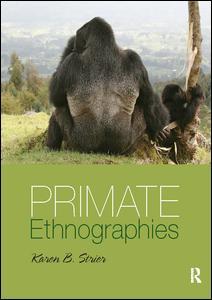Karen B. Strier is Vilas Professor and Irven DeVore Professor of Anthropology at the University of Wisconsin-Madison. After graduating from Swarthmore College in 1980, she received her MA and Ph.D. in Anthropology from Harvard University in 1981 and 1986, respectively. She is an international authority on the endangered northern muriqui monkey, which she has been studying in the Brazilian Atlantic forest since 1982. Her pioneering research has been critical to conservation efforts on behalf of this species, and has been influential in broadening comparative perspectives on primate behavioral and ecological diversity. Her contributions have been recognized by her election as a fellow of the American Association for the Advancement of Science, and as a member of both the National Academy of Sciences and the American Academy of Arts and Sciences. She is the recipient of an Honorary Degree (Doctorate of Science) from the University of Chicago and the Distinguished Primatologist Awards from both the American Primatological Society and the Midwestern Primate Interest Group. She has received various awards from the University of Wisconsin-Madison, including the Graduate School’s faculty research awards series, a Chancellor’s Distinguished Teaching Award, and a Hilldale Award for Excellence in Research, Teaching, and Service. She has also been honored with a Lifetime Honorary Membership to the Brazilian Primatological Society. Before joining the faculty at UW-Madison in 1989, she was a Lecturer in Anthropology at Harvard University and an assistant professor at Beloit College. She has served as an elected member and officer on the executive committees of professional societies and on the editorial boards of major journals in the field. She has authored or co-authored more than 100 publications, including two single-authored books, Faces in the Forest: The Endangered Muriqui Monkeys of Brazil (Harvard University Pre




